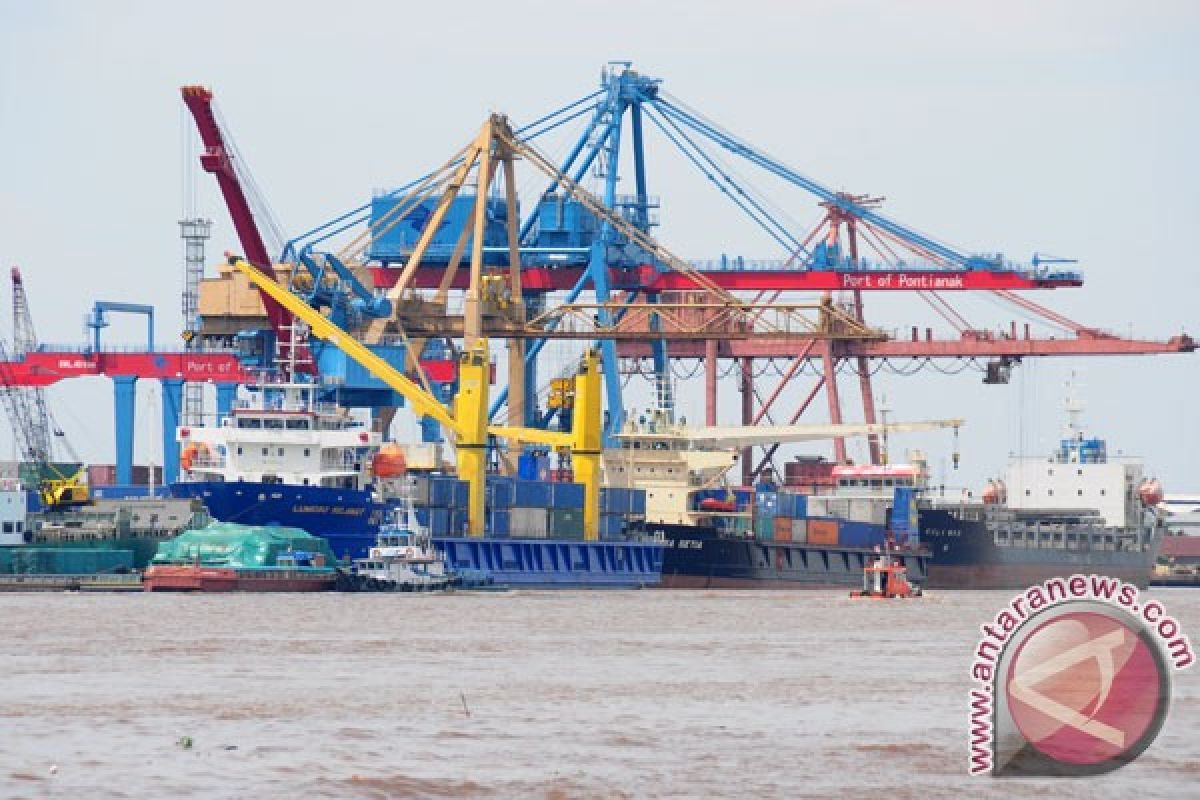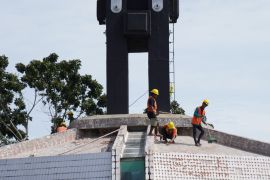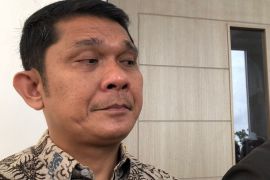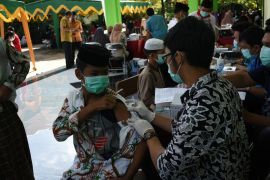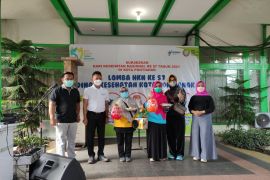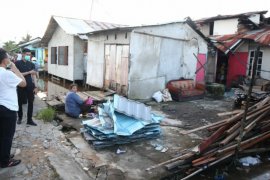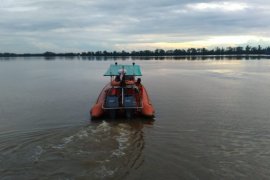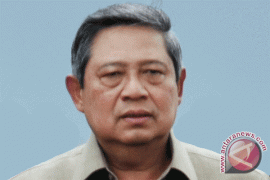"The areas are in Pontianak, Ketapang, Sanggau and Mempawah."Pontianak (ANTARA News) - The Indonesian Economic Development Acceleration and Expansion Master Plan (MP3EI) has included in its programs four potential investment areas in West Kalimantan.
"The areas are in Pontianak, Ketapang, Sanggau and Mempawah," Deputy Minister of National Development Planning/Chairman of the National Development Plan Agency (Bappenas) Lukito Darmansyah Tuwo said here on Friday.
The potential investment in Pontianak exceeds Rp9.1 trillion, which will go into the food industry (Rp450 billion), oil palm (Rp460 billion), oil and gas (Rp8 trillion), agriculture (Rp100 billion), road and infrastructure (Rp2.5 trillion) and clean water facility (Rp151 billion).
In case of Ketapang, the potential investment will be about Rp11.6 trillion, which will be split by wood industry (Rp3.9 trillion), oil palm (Rp444 billion), bauxite (Rp7.2 trillion), seaport development (Rp432 billion), and roads (Rp676 billion).
Sanggau will be see Rp5.03 trillion worth of the potential investment in oil palm (Rp528 billion), bauxite (Rp4.5 trillion), and road projects (Rp623 billion).
For Mempawah, there will be a potential investment of Rp10 trillion in the oil and gas sector, while Rp65 billion will be used for the construction of an airport.
Other projects of MP3EI, which are not in the priority list for investment in West Kalimantan, include Kubu (Rp205 billion), Sintang (Rp319 billion), Kapuas Hulu (Rp2,647 billion), and Landak (Rp341 billion).
The new projects to be included in the MP3EI in 2013 are: the 1.42-kilometre Tayan Tol (valued at Rp354.97 billion), the Pontianak-Sungai Pinyuh-Sungai Duri road (Rp19.73 billion), the 263.8-km-long Sekadau-Sanggau-Tayan-Pontianak road (Rp109.63 billion), Pontianak seaport construction (Rp30 billion), and the development of the power transmission network (Rp30.382 billion).
The government has developed the MP3EI to accelerate economic development across Indonesia by improving connectivity between the country`s economic regions through the necessary infrastructure, which constitutes the backbone of any economic activity.
(T.T011/F001/INE/KR-BSR/H-YH)
Editor: Priyambodo RH
Copyright © ANTARA 2012
